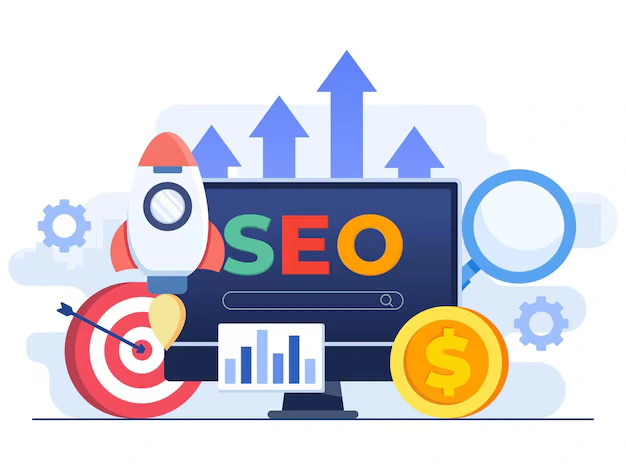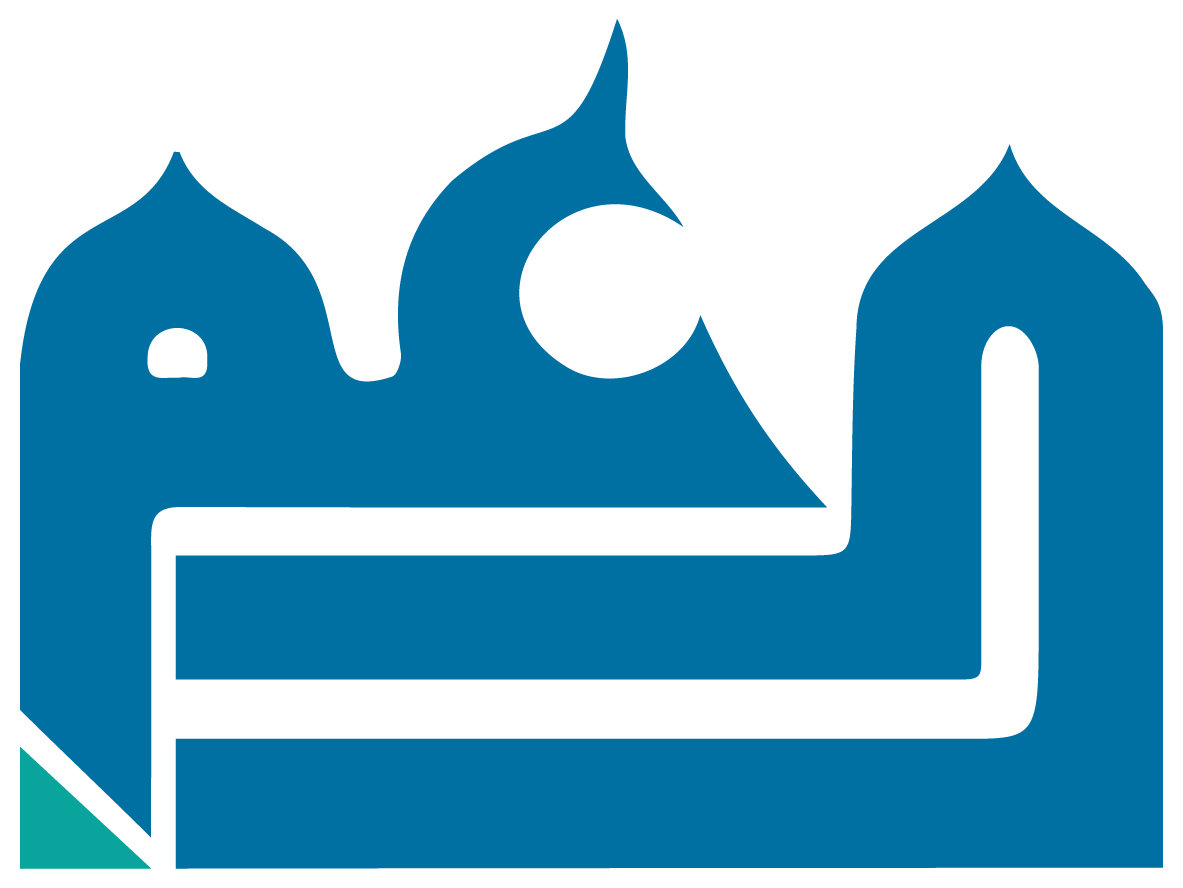 Intro
Intro
SEO is the art of maximizing website visibility in search engines to get more relevant clicks to your website pages. As a result, you get free traffic to your website and your brand becomes more visible to your potential audience.
SEO can target different types of searches, for example (text search, image Search, Video Search, News).
To understand SEO, you need to understand how search engines work, what people are searching for, and to select keywords?
People Ask What SEO Is?
Definition SEO: It means Search Engine Optimization, which is called an activity that tries to improve search engine rankings. In the search results. Or, in other words, your web pages have the ability to rank on Google
How Search Engines Work
Being able to improve the search process first must understand and know how search engines work. Search engines use web bots called “crawlers” or “spiders” to index web sites and update their indexes. This process is called crawling. It is the process of reading and indexing websites. Through spiders, algorithms are written to generate results from indexes created by Internet spiders. This process or the ways in which, first, it makes it easier for a website to index search engine spiders and second, to make it as responsive as possible to search engine algorithms, is what a lot of search engine optimization is about. Search engine optimization deals with improving the “organic” or results generated by a search engine for a user’s website. organic here means that search engine optimization results are not enhanced as in ad-based optimization for paid or sponsored results, which involve a variety of strategies or tactics, as well as payment.
Why do we need SEO?
Because search engines are the backbone of the ad, and they are obsessed with traffic for any web. This is due to two main reasons.
- search engines are the default ways through which the majority of Internet traffic flows and finds their destinations., For example, but not exclusively, Google is important for Internet traffic. And this is just Google alone. So, if a website isn’t good in its relationship to search engines, it literally lacks the majority of the traffic on the Internet.
- increasing the quality and quantity is essential for search engines to be able to generate and targeted traffic to a website – and, in easier words, visitors who are interested in exactly what a particular website or content offers. These targeted visitors, provided by the search engine website, are an indispensable component of web success and website growth where they can be a major source of advertising, exposure and revenue to some extent and form part of marketing. So, investing in SEOs is important for any online business to thrive.
Types of SEO

1. White Hat SEO
Legitimate methods and tools to be used and allowed by Google and lead to the rise of your site in legal ways results are relatively slow but guaranteed that you appear in the first results of the search engine Google (natural search results) for a long time. This type elevates sites with appropriate content or the right to upload to be in the initial arrangements.
2. Black Hat SEO
Illegal methods and tools lead to the rise of your site illegally as a result faster than the White SEO but not guaranteed, currently Google Pixel very quickly, always be Google soldiers (Panda & Hummingbird & Penguin & Google Pigeon) that will end your relations with the search engine Google once dealing with Black Hat SEO. The second type which is known as the Black Hat or (Black Hat SEO) This type raises sites in a way that is not desired by the user and annoys the user.
SEO technologies
Search engine optimization includes an understanding of algorithms and the anatomy of the Internet. Much of it consists of easy to use techniques.
When it comes to SEO, you’ll distinguish between on-page and off-page. Both are an integral part of SEO, but the difference lies in the application of SEO techniques. Page optimization involves optimizing elements on the page itself, which means optimizing the website according to the SEO guidelines. On the other hand, off-page SEO requires different methods for optimizing a website with external elements, which often include link building and website reputation.
Here are some SEO technologies:
- Make the site abundant and rich in keywords and key phrases to predict as many queries as possible. It includes adding relevant keywords to the site’s metadata.
- Create dense and unique title tags for each page. It helps search engines understand the contents of a page by providing a quick reference to them.
- Create media content such as press clippings, email or newsletters to maintain the threshold of incoming links.
- Maintain search engine saturation at an optimal level and make regular comparisons with competing websites.
- Use online utilities such as Google Analytics to understand current online behaviors and patterns.
- Variation of search phrases and employ them in the first 100 words of content.
- Use canon metatag or 301 directs to achieve URL normalization in the case of multiple URL web pages.
- Cross-link between the pages of the site itself.
- Provide more links to the main pages of the site.
- Use a combination of keywords and key phrases in conjunction with brand/brand promotion.
Create content in a way SEO
In addition to these technologies, no website can hope to thrive without creating valuable content. Because visitors will tend to read and display in detail after the initial screening. Private Search Engine Optimizers rely heavily on the so-called House of Taste, a technology in which content is created for broad participation with the expectation of earning backlinks. Creating Unique content will help you attract users, which will also be a signal to the valuable search engines your site provides, thereby improving your website’s ranking.
How SEOs get consistent results
When SEO starts working on a site, they don’t randomly build links but target the first keyword. The key to designing and improving any product or service is understanding how real people interact with it. The best way to design a marketing strategy geared towards SEO. Understand how people interact with search engines. You can only give users what they want if you know what they want, what they are already getting and how you can improve it.
Keyword Research
We also discussed previously about the importance of keywords and the crucial role that keywords play in search engine optimization. Once you’ve placed your keywords in the right places, or once you’ve found the most useful keywords to rank and are most relevant to your content. It has achieved significant success. Searching for keywords is not a one-time task, but an ongoing process and a challenge that continues to change. In order to discover the best possible keywords, search engine professionals do something called keyword search.
Keyword research involves exploring the actual terms used in user queries on search engines, to discover niche keywords that are not yet competitive, and then search for those keywords further to find similar or replaceable keywords. This endeavor is run entirely through keyword search tools, which have synonym functions and word suggestions included in them.
Some of the most important SEO glossary
Blue Links: search engines in the format used to display search results.
Black Hat: Search engine optimization practices that violate Google’s quality guidelines.
Crawling: The process in which search engines discover your web pages.
Indexing Cancellation: Refers to a page or group of pages that are removed from Google’s index.
Featured Snippets: Organic answer boxes that appear at the top of SERPs for some queries.
Indexing: Store and organize the content that is in crawl.
Intention: In the context of SEO, Intention refers to what users really want from the words they have typed in the search bar.
KPI: is a measurable value that indicates how well an activity has achieved the goal.
Local Pack: A bundle of three local business listings that usually appear for local searches like “changing oil near me”
What is Data-Driven SEO?
Data-Driven Search Engine Optimization
Data-driven SEO leverages Analytics and KPIs to create informed, effective optimization strategies. By using Data insights—such as user behavior, search patterns, and competitor analysis—we tailor your SEO strategy to maximize results.
▪ Data-Driven Methodology
Leverage Analytics to elevate optimization even further
▪ Competitor Analysis
Understand your competition and get on top of the rankings
Send Us A Message
Quick Contact
Quick Contact
Trusted by some of the biggest companies in the Kingdom







